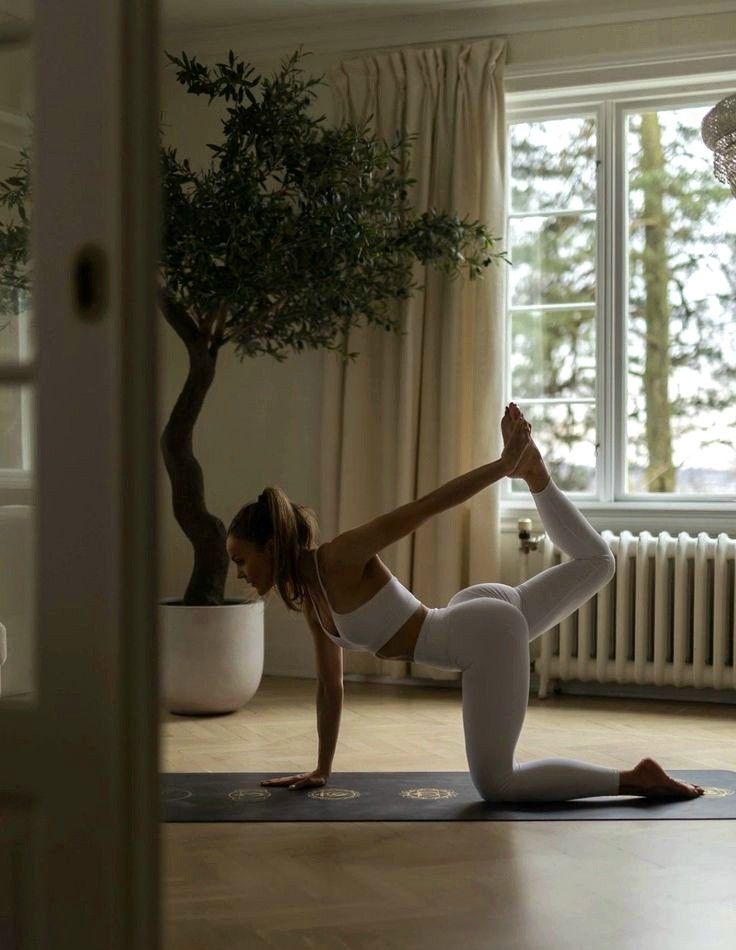Do you REALLY need a reformer for Pilates?
Do you REALLY need a reformer for Pilates?
Thinking about starting Pilates but worried about the cost or complexity of equipment? Many beginners assume they need a Reformer to see results, but that’s not true. In this post, we’ll break down the role of a Reformer, explore mat Pilates alternatives, and share tips for getting the most out of your home practice.

Understanding the Reformer
The Reformer is a specialized Pilates machine with a sliding carriage, springs for resistance, and adjustable straps. It’s often used in studios to help target specific muscles and increase resistance. While it’s an amazing tool, it’s not necessary for everyone, especially beginners or those practicing at home.

Pros and Cons of Using a Reformer
Pros:
-
Provides adjustable resistance for more controlled movements
- Allows for a wide variety of exercises
-
Can target muscles more precisely
Cons:
-
Expensive (usually $2,000–$3,000+)
-
Requires dedicated space at home
-
Can feel intimidating for beginners

Mat Pilates: A Cost-Effective Alternative
Mat Pilates uses just a mat and your body weight, but it can be just as effective as Reformer Pilates for building core strength, flexibility, and overall fitness. Here are a few beginner-friendly exercises you can try at home:

The Hundred
-
Lie on your back with knees bent or extended.
-
Lift your head, neck, and shoulders slightly off the mat.
-
Pump your arms up and down for 100 counts.

Roll - Up
-
Lie flat on your back with arms extended overhead.
-
Slowly roll up to reach for your toes and then roll back down.
-
Focus on controlled movement and maintaining a neutral spine

Leg Circles
-
Lie on your back with one leg extended toward the ceiling.
-
Circle the leg clockwise, then counterclockwise, keeping hips stable.
Modifications for Common Injuries
-
Back pain: Keep knees bent in The Hundred to reduce lower back strain.
-
Neck discomfort: Keep head on the mat for Roll-Ups if lifting it causes pain.
-
Hip or knee issues: Use props like a cushion or yoga block for support during Leg Circles.
Always check with a doctor or physical therapist before starting if you have preexisting injuries.

How to Get the Best Results at Home
-
Consistency: Aim for 20–30 minutes, 3–5 days a week.
-
Focus on form: Precision is more important than speed.
-
Track progress: Take notes or photos weekly to see improvements.